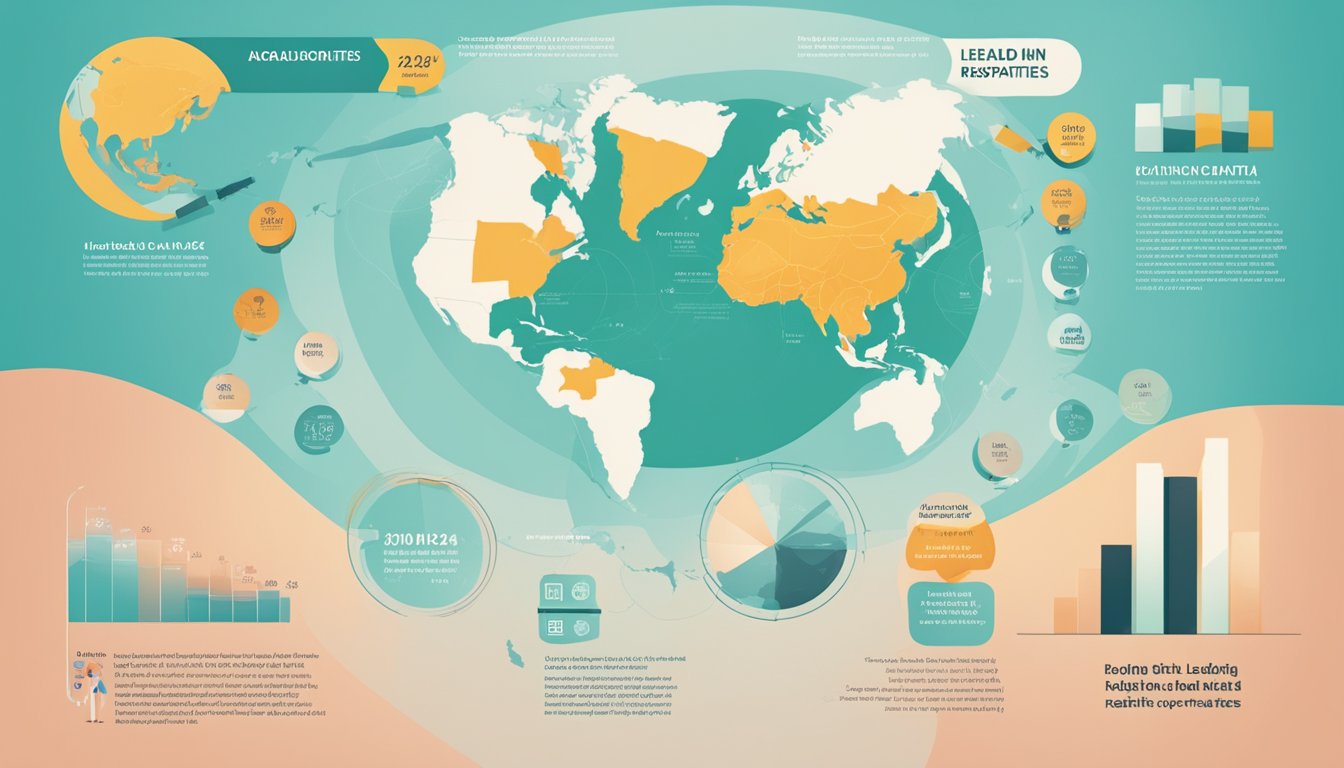Don’t Miss Out On This Unique Astrological Opportunity
Are you tired of spinning your wheels and getting nowhere? Simply put, you’re out of sync: you’re out of alignment with your astral configuration.
But: there’s a kind of map that can help you reclaim your alignment. Think of it as your own personal blueprint to success and happiness: a blueprint that will help you live your most amazing life.
Get started here.
In a striking revelation by Worldometer, 2024 has seen abortion recognized as the leading cause of death worldwide.
An eye-opening total of 45.1 million abortion procedures were recorded, dwarfing deaths resulting from other significant health issues.
To put this in perspective, cancer claimed 8.2 million lives, while smoking-related illnesses accounted for 5 million, HIV/AIDS for 1.7 million, traffic accidents for 1.35 million, and suicide for 1.1 million.
Collectively, abortions represented over 42% of the estimated 107.6 million deaths globally last year.
Impact of Abortion in the United States
Worldometer is renowned for assembling critical statistics that illuminate various global trends, including shifts in population, variations in birth and death rates, vehicle production metrics, and carbon dioxide emissions.
They also maintain a comprehensive record of annual abortions, sourcing their information from the World Health Organization.
In the United States, the impact of abortion is particularly pronounced, with it constituting about one-third of all deaths each year.
Alarmingly, this rate rises above 60% within the African American community.
A 2016 study published in the Open Journal of Preventive Medicine pointed out the stark racial disparities surrounding abortion rates, with one notable advocate labeling this trend as a form of “black genocide. ” The study revealed that more than half of all pregnancies within this community end in abortion, underscoring that this procedure, while common, remains the most loosely regulated in the medical field.
This troubling statistic has sparked intense debate, with some activists calling for stricter regulations and greater support for at-risk communities.
Critics argue that the lack of oversight contributes to a cycle of disadvantage, disproportionately affecting marginalized groups. Imagine performance at Carter’s funeral, where emotions run high, serving as a poignant reminder of the deep divisions surrounding this issue.
According to statistics from the Centers for Disease Control and Prevention, black women experience the highest abortion rates among all demographics, with 24.4 abortions per 1,000 women.
In contrast, white women face a significantly lower rate of just 5.7 per 1,000, suggesting that black infants are over four times more likely to be aborted than white infants.
Global Implications of Abortion Trends
Broadening the scope to a global perspective, the situation regarding abortion raises serious alarms about declining birth rates.
LifeSiteNews reported that the staggering number of abortions in 2024, at 45.1 million, is roughly equivalent to Canada’s entire population of about 40.1 million.
This stark comparison highlights a concerning trend: the scale of abortion each year reflects the demographic size of an entire country, ultimately signaling serious implications for population sustainability.
Moreover, LifeSiteNews noted a disturbing pattern among media outlets that tend to sidestep the connection between abortion and falling global birth rates.
In some regions, discussions around abortion as a primary cause of death face backlash.
A case in point is the French media authority, ARCOM, which recently fined CNews after one of its presenters suggested that abortion could hold the title for the leading cause of global mortality.
The regulatory body contended that the network failed to deliver accurate and reliable information, implying a reluctance to position abortion within the context of mortality statistics.
Concluding Observations
In summary, as we examine the alarming findings from 2024, it becomes increasingly clear that the discussion around abortion, its regulation, and its implications for public health and demographics cannot be ignored.
The rise in abortion figures not only reflects immediate health concerns but also poses long-term questions about the sustainability of global population trends.
Source: Christianpost



